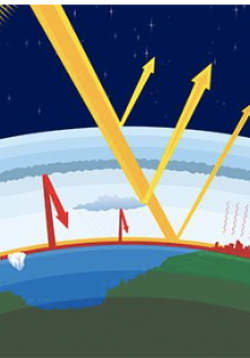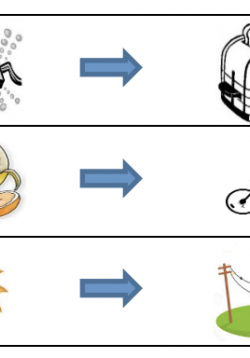Part 1 - Lesson 1: Why Use Renewable Energy?
The purpose of this lesson is for students to obtain base knowledge of how renewable and non-renewable energy is generated and identify differences between renewable resources and fossil fuels. Students will research the potential long-term and short-term...






